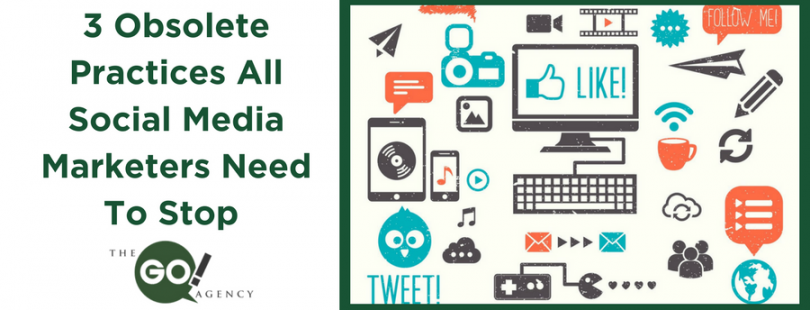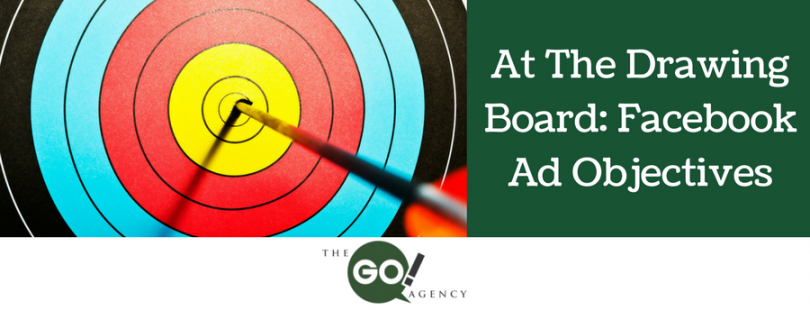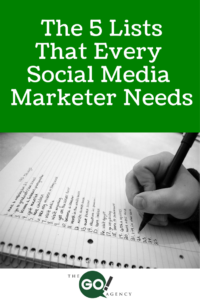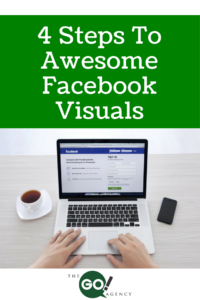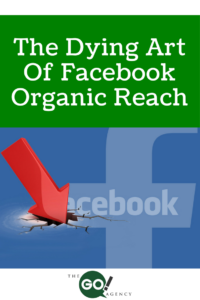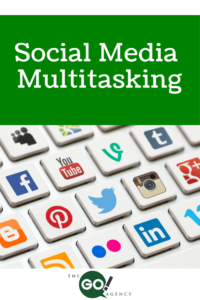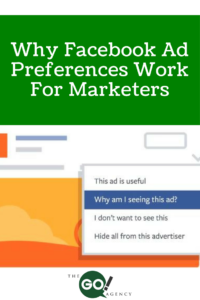It’s 2018– let’s market like it. Social media marketing has been around for quite a few years now and as we’ve mentioned in previous posts, there are always new strategies that should be incorporated. On the other hand, there are also tactics that should be erased and left in the archives.
You should always make sure your brand is competitive and staying in-tune with the times. As a result, certain antiquated strategies may age your strategy.
Here are three techniques we recommend you should stop using and what we would recommend to do instead:
1. #Overload. For some time, many marketers felt the more hashtags the better. #As #a #result, #some #posts #looked #like #this. While you should ALWAYS use hashtags, you don’t want to clutter your content. Obviously, you don’t want to do that. No only does it saturate your content, but it annoys your readers. Additionally, it misses the point of hashtags, which is to incorporate searchable and vital keywords. You should chose 2-3 for Facebook, Twitter, and LinkedIn and 7-10 for Instagram.
2. Is that a blog or a novel? Let’s face it — people’s attention spans are not getting any longer. With that in mind, you should make your blogs shorter. Some marketers see blogs as an excuse to share extremely long articles. Even though these pieces may prove to be helpful, you’re likely to exhaust your reader and instead of getting a take away out of the blog, they’ll be annoyed. If you have a very long piece of writing you’re excited to send out, we recommend breaking it up into a series of blogs. That way you can share your thoughts without cutting down the copy. You will also engage your customers by promising the next installment in your series.
3. Making a tweet a party. Are you mentioning another social media user? Tag them! Are you mentioning them and the magazine they were just referenced in? Tag the magazine too! But after that, you should probably stop. Unfortunately, some people didn’t get the “three’s company” memo and waste their space with a ton of tagging. Not only will this annoy the people you’ve tagged, but your content’s quality will suffer greatly. We have seen this happen a lot when someone who is overly eager to get followers will tag everyone that had followed them recently. The result is a list of 10-15 tags per tweet, and with the new 280 character limit, it could be worse. If you feel inclined to engage with every person who follows you– an act we would not recommend– a simple private message is sufficient.
When social media first started, it was a bit like the Wild Wild West. There may have been rules, but not many followed them. As a result, you saw content like above. Make 2018 your year for professional content, writing that follows the rules of the web. Trust us, your customer engagement will come back to life if you avoid the above ideas.
At The Go! Agency, we are constantly restructuring our strategy to stay modern and in touch with the most effective marketing methods of today. We would love to work with you and give your brand a competitive edge.
Click here to learn how we can help: http://ow.ly/Qw4w30iqrhm
Read More


